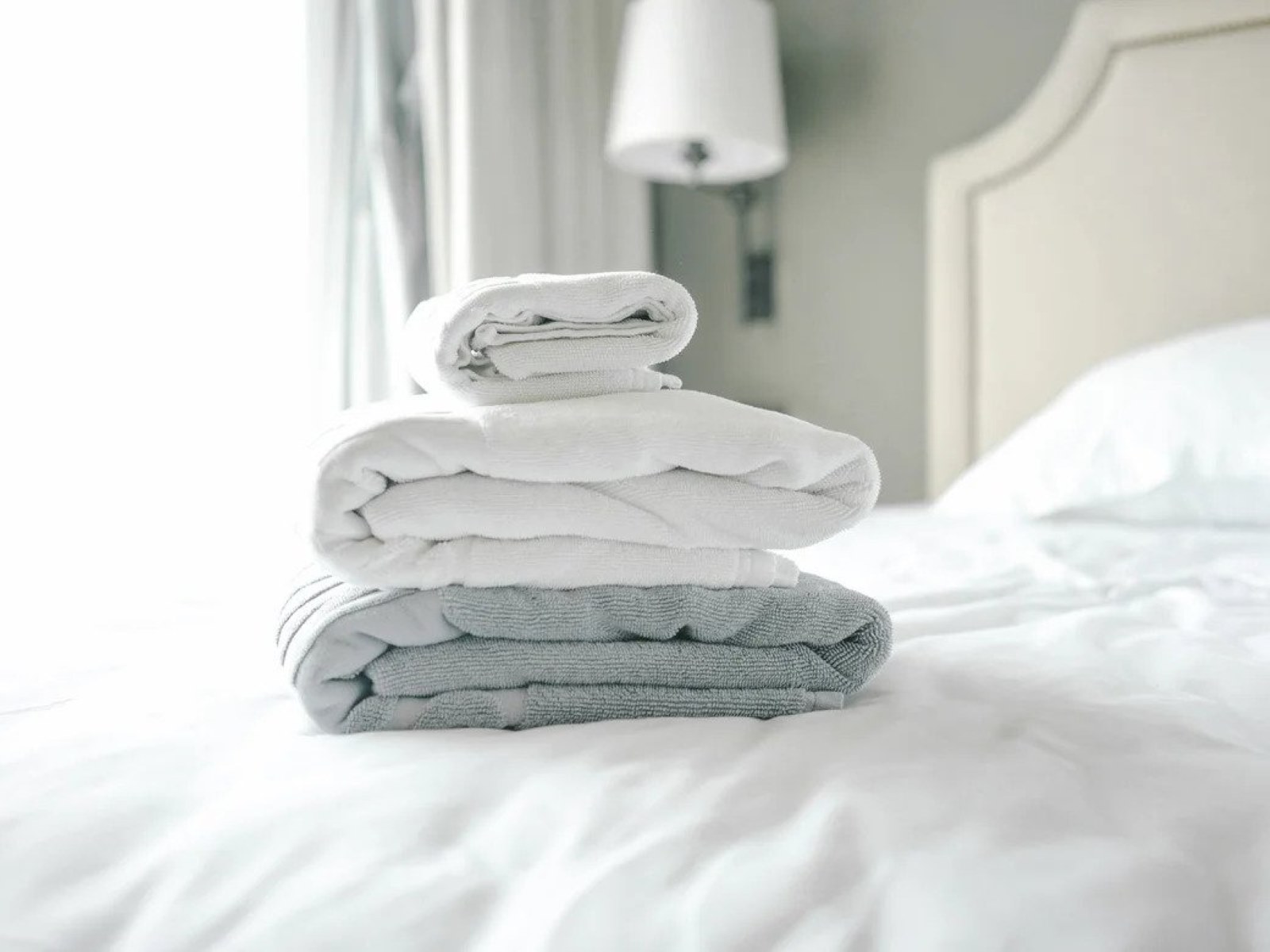

Articles
How To Whiten A Blanket With Bleach
Modified: August 25, 2024
Looking for articles on how to whiten a blanket with bleach? Discover effective methods and tips to brighten up your blankets with this guide.
(Many of the links in this article redirect to a specific reviewed product. Your purchase of these products through affiliate links helps to generate commission for Storables.com, at no extra cost. Learn more)
Introduction
When it comes to maintaining the cleanliness and freshness of our blankets, regular washing may not always be enough to remove stubborn stains and discoloration. If you have a favorite blanket that has lost its bright white hue over time, using bleach is a great option to restore its original color and rejuvenate its appearance.
However, it is important to approach the whitening process with caution and follow the necessary safety precautions. Bleach is a powerful chemical that can be harmful if not used correctly. In this article, we will guide you through the steps on how to safely whiten a blanket with bleach while ensuring the best possible results.
Key Takeaways:
- Safely whiten your blanket with bleach by following crucial safety precautions, choosing the right type of bleach, and properly preparing and applying the bleach for effective and safe results.
- Restore your blanket’s brightness by removing bleach residue, drying, and storing it properly. Prioritize safety, fabric care, and thorough rinsing for a rejuvenated and long-lasting blanket.
Read more: How To Whiten A Fiberglass Bathtub
Safety Precautions
Before you begin the process of whitening your blanket with bleach, it is crucial to take the necessary safety precautions to protect yourself and your surroundings. Here are some important guidelines to follow:
- Read and follow the instructions on the bleach bottle carefully. Different brands and types of bleach may have specific guidelines and precautions.
- Wear protective gloves to avoid direct contact between your skin and the bleach. Rubber gloves are recommended to provide maximum protection.
- Work in a well-ventilated area to prevent inhalation of bleach fumes. Open windows and doors, or use fans to circulate the air.
- Avoid using bleach on delicate or sensitive fabrics, as it may cause damage or discoloration. Read the care instructions on the blanket label to ensure it can withstand the bleaching process.
- Keep bleach away from children and pets. Store it in a safe and secure place to prevent accidental ingestion or exposure.
- Never mix bleach with other cleaning products, especially ammonia or vinegar. This can create dangerous chemical reactions and release toxic fumes.
- Protect the surrounding surfaces from bleach spills. Lay down old towels or use a plastic sheet to protect your work area.
It is essential to prioritize safety when working with bleach. By following these precautions, you can ensure a safe and successful whitening process for your blanket.
Choosing the Right Type of Bleach
When it comes to whitening a blanket, you have several options for the type of bleach to use. Here are the main types of bleach and their characteristics:
- Chlorine bleach: This is the most common type of bleach used for household cleaning and laundry purposes. Chlorine bleach is effective at removing stains and whitening fabrics. Make sure to choose a chlorine bleach that is labeled safe for fabrics and colors.
- Oxygen bleach: Also known as color-safe bleach, oxygen bleach is a milder alternative to chlorine bleach. It is generally safe to use on colored fabrics and is less likely to cause damage or fading. Oxygen bleach is an excellent option if you are concerned about preserving the color of your blanket.
Consider the following factors when selecting the right bleach for your blanket:
- Fabric type: Check the care instructions on your blanket to ensure compatibility with the type of bleach you plan to use. Some delicate fabrics such as wool or silk may require specialized bleach products or professional cleaning.
- Color preservation: If your blanket has colored patterns or designs, opt for a color-safe bleach to prevent fading.
- Stain removal: If your blanket has stubborn stains, chlorine bleach may be more effective in removing them. However, be cautious with colored blankets, as chlorine bleach can cause discoloration.
Choosing the right type of bleach is crucial to ensure successful and safe whitening of your blanket. Consider the fabric type, color preservation, and stain removal needs when making your selection.
Preparing for the Whitening Process
Before you begin the actual whitening process, it is important to prepare your blanket to ensure the best results. Follow these steps to properly prepare your blanket for the whitening process:
- Inspect the blanket: Take a close look at your blanket and identify any areas with stains or discoloration. Pre-treat these spots using a stain remover or by soaking the blanket in a mixture of water and detergent. This will help to loosen and remove any dirt or grime before applying the bleach.
- Wash the blanket: Give your blanket a thorough wash using detergent and warm water. This will help to remove any surface dirt and debris, allowing the bleach to work more effectively. It is advisable to wash the blanket separately to avoid any potential color transfer to other items.
- Choose the right vessel: Select a container, sink, or bathtub that is large enough to comfortably accommodate your blanket. Make sure it is clean and free from any residue or contaminants that could interfere with the whitening process.
- Measure the bleach: Follow the instructions on the bleach bottle to determine the appropriate amount of bleach to use based on the size of your blanket. Use a measuring cup to ensure the proper ratio of bleach to water.
- Dilute the bleach: Fill the container with enough warm water to fully submerge the blanket. Add the measured amount of bleach and stir gently to mix it well with the water.
By properly preparing your blanket, you can ensure that the whitening process is effective and uniform. Pre-treating stains, washing the blanket, and using the right amount of bleach will help to achieve the desired results.
Applying Bleach to the Blanket
Now that you have prepared your blanket and the bleach solution, it’s time to apply the bleach to the blanket. Follow these steps to safely and effectively whiten your blanket:
- Submerge the blanket: Place the blanket gently into the container or sink filled with the diluted bleach solution. Make sure that the entire blanket is fully submerged in the solution.
- Soak the blanket: Allow the blanket to soak in the bleach solution for the recommended amount of time. This will vary depending on the type of bleach and the desired level of whitening. Refer to the instructions on the bleach bottle for specific guidance.
- Stir the blanket: Every 10 to 15 minutes, gently stir the blanket in the bleach solution to ensure even distribution and exposure to the bleach.
- Monitor the process: Keep a close eye on the blanket during the whitening process. Check for any signs of excessive bleaching or damage. If you notice any unwanted effects, such as discoloration or fabric deterioration, immediately remove the blanket from the bleach solution.
- Test for desired whiteness: After the recommended soaking time, remove a small portion of the blanket from the solution and rinse it thoroughly with water. Check the color and whitening level of this section to determine if it meets your expectations. If not, you can continue soaking the blanket for a bit longer.
Remember to always follow the instructions provided by the bleach manufacturer for the specific bleach product you are using. Each bleach may have different recommendations for soaking time and dilution ratios.
This process may take some time, so be patient and allow the bleach to work its magic. The result will be a revitalized and whitened blanket that looks fresh and clean.
Mix 1/4 cup of bleach with 1 gallon of water. Soak the blanket for 5-10 minutes, then wash with cold water. Do not use bleach on wool or silk blankets.
Read more: How To Bleach Sink
Tips for Effective Whitening
To ensure the best possible whitening results for your blanket, consider the following tips:
- Follow the instructions: Read and follow the instructions provided by the bleach manufacturer carefully. Different bleaches may have specific guidelines for water temperature, soaking time, and dilution ratios. Adhering to these instructions will help you achieve optimal results.
- Start with a small test: Before fully submerging the entire blanket in the bleach solution, perform a small test on an inconspicuous area. This will help you determine the potential reaction of the fabric to the bleach and avoid any unwanted damage or discoloration.
- Timing is key: Pay attention to the recommended soaking time for the bleach. Overexposure to bleach can weaken the fabric or cause discoloration. Set a timer to ensure you don’t exceed the specified time.
- Be cautious with delicate fabrics: If your blanket is made of delicate or sensitive fabrics such as silk or wool, it’s best to consult a professional cleaner for assistance. These fabrics may require specialized bleach products or professional expertise to avoid damage.
- Rinse thoroughly: After the desired level of whitening is achieved, rinse the blanket thoroughly with cold water to remove any residual bleach. This will help prevent any potential damage to the fabric and remove any lingering bleach smell.
- Consider a second soak: If the first round of bleaching did not achieve the desired results, you can repeat the process. However, be cautious not to over bleach the blanket, as this can lead to fabric deterioration.
By following these tips, you can enhance the effectiveness of the whitening process and achieve a beautifully bright and rejuvenated blanket.
Removing the Bleach Residue
After you have successfully whitened your blanket with bleach, it is important to remove any residual bleach to restore the fabric’s natural feel and prevent potential damage. Here are some steps to effectively remove bleach residue from your blanket:
- Rinse with cold water: Start by rinsing the blanket thoroughly with cold water. This will help to wash away any remaining bleach on the surface of the fabric.
- Use a neutralizer: To neutralize any lingering bleach, you can create a solution by mixing one part vinegar with four parts water. Gently apply this mixture to the blanket and let it sit for a few minutes before rinsing again.
- Consider a mild detergent: If you prefer to use a mild detergent, make sure it is suitable for the fabric of your blanket. Dilute the detergent in cold water and soak the blanket for a few minutes. Rinse thoroughly to remove the detergent and any remaining bleach residue.
- Inspect for residue: After rinsing, carefully examine the blanket for any signs of bleach residue. Pay close attention to seams, corners, and folds where bleach may accumulate. If you spot any residue, repeat the rinsing process until the blanket is free from bleach.
It is essential to remove bleach residue to prevent any potential damage to the fabric and to ensure the longevity of your blanket. Thorough rinsing and the use of neutralizers or mild detergents will help restore the natural feel of the fabric and remove any lingering bleach.
Drying and Storing the Whitened Blanket
After successfully whitening your blanket with bleach and removing any residual bleach, it’s important to properly dry and store the blanket to maintain its cleanliness and freshness. Here are some guidelines to follow:
- Drain excess water: After rinsing the blanket, gently squeeze out any excess water. Avoid wringing or twisting the fabric, as this can cause stretching or damage to the fibers.
- Air drying: The safest method for drying a whitened blanket is to air dry it. Lay the blanket flat on a clean, dry surface or hang it up on a clothesline or drying rack. Avoid direct sunlight, as it can fade colors or cause yellowing. Ensure proper ventilation in the drying area to prevent musty odors.
- Fluff and reshape: Once the blanket is completely dry, fluff it gently by shaking or gently patting it. This will help restore its softness and shape.
- Store in a clean, dry place: When it’s time to store the blanket, make sure it is completely dry. Fold it neatly and place it in a clean, dry storage container or a breathable fabric bag. Avoid using plastic bags, as they can trap moisture and lead to mildew or odor development.
- Avoid direct contact with bleach: If possible, store the blanket away from any bleach or cleaning products to prevent accidental spills or exposure.
- Periodic airing: From time to time, take the opportunity to air out your stored blanket. Unfold it and let it breathe for a few hours in a well-ventilated area. This will help keep it fresh and prevent any musty odors.
By following these steps, you can ensure that your whitened blanket remains in excellent condition and ready for use whenever you need it.
Conclusion
Whitening a blanket with bleach can be a highly effective method to restore its original brightness and rejuvenate its appearance. By following the safety precautions, selecting the right type of bleach, preparing the blanket properly, and applying the bleach carefully, you can achieve the desired results while minimizing the risk of damage.
Remember to always prioritize safety during the bleaching process by wearing protective gloves, working in a well-ventilated area, and following the instructions provided by the bleach manufacturer. Additionally, be mindful of the fabric type and color preservation needs of your blanket to choose the appropriate bleach product.
Pre-treating stains, washing the blanket, and properly diluting the bleach solution are crucial steps to ensure a successful whitening process. Throughout the bleaching process, it is important to monitor the blanket for any signs of damage or excessive bleaching, and to rinse the blanket thoroughly after the desired level of whitening is achieved.
After the whitening process, it is essential to remove any residual bleach by rinsing with cold water, using a neutralizer or mild detergent, and inspecting the blanket for any remaining bleach residue.
Once the blanket is fully dry, store it in a clean, dry place, and periodically air it out to maintain its freshness and prevent any musty odors. By following these guidelines, you can enjoy a beautifully whitened blanket that feels and looks as good as new.
Remember to always refer to the specific instructions provided by the bleach manufacturer for the best results. With proper care and attention, you can extend the life of your blanket and continue to enjoy its comfort and beauty for years to come.
Frequently Asked Questions about How To Whiten A Blanket With Bleach
Was this page helpful?
At Storables.com, we guarantee accurate and reliable information. Our content, validated by Expert Board Contributors, is crafted following stringent Editorial Policies. We're committed to providing you with well-researched, expert-backed insights for all your informational needs.
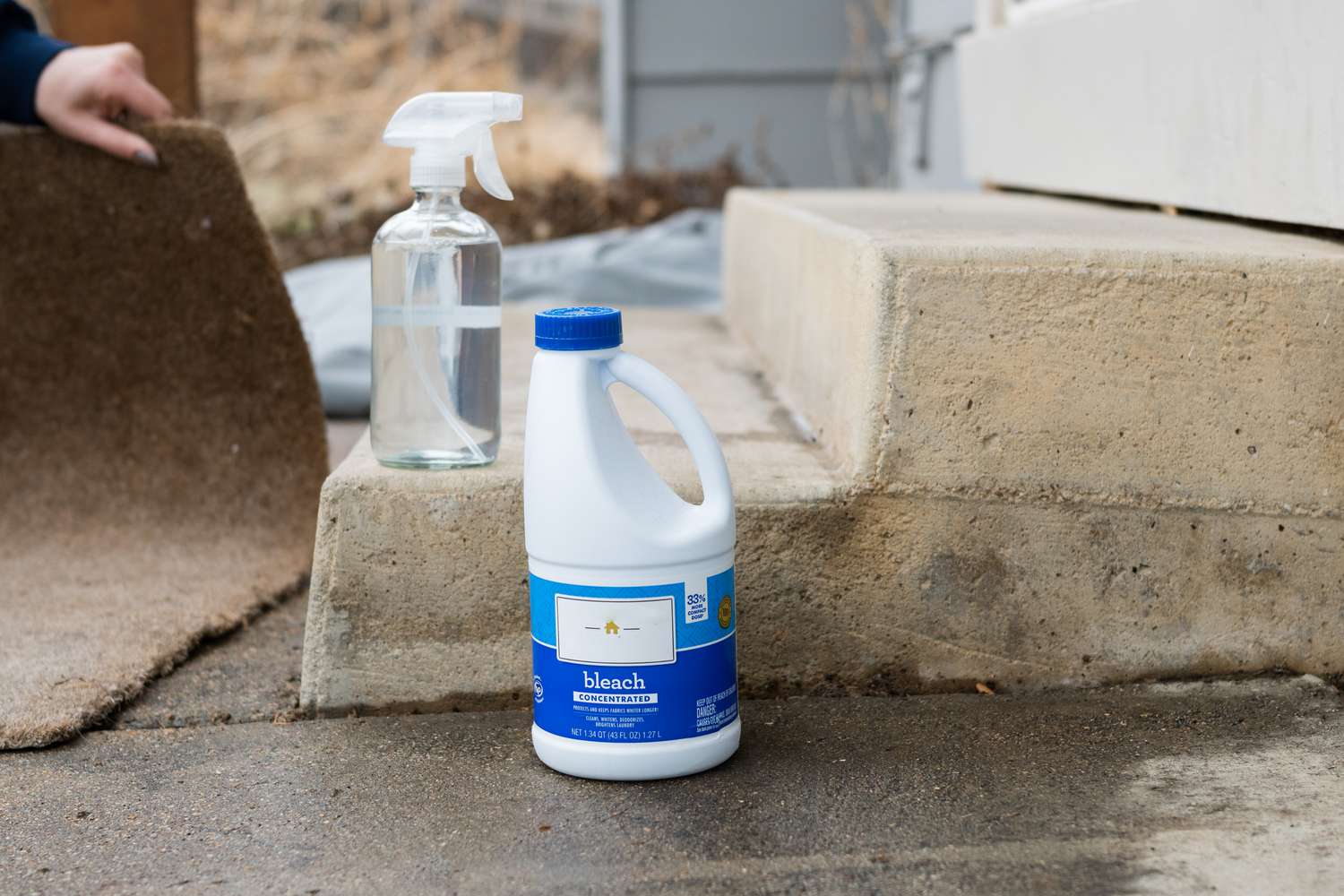
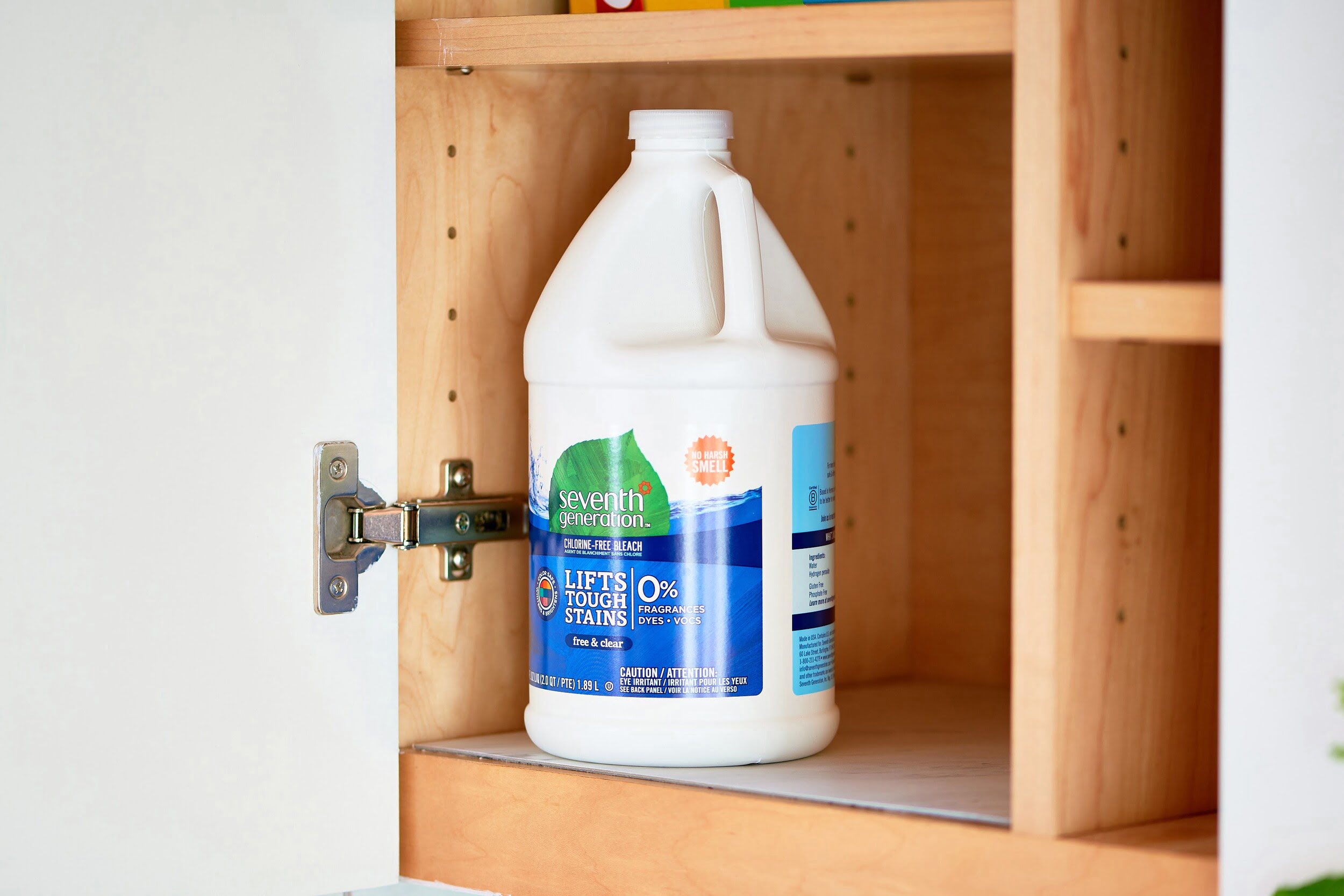
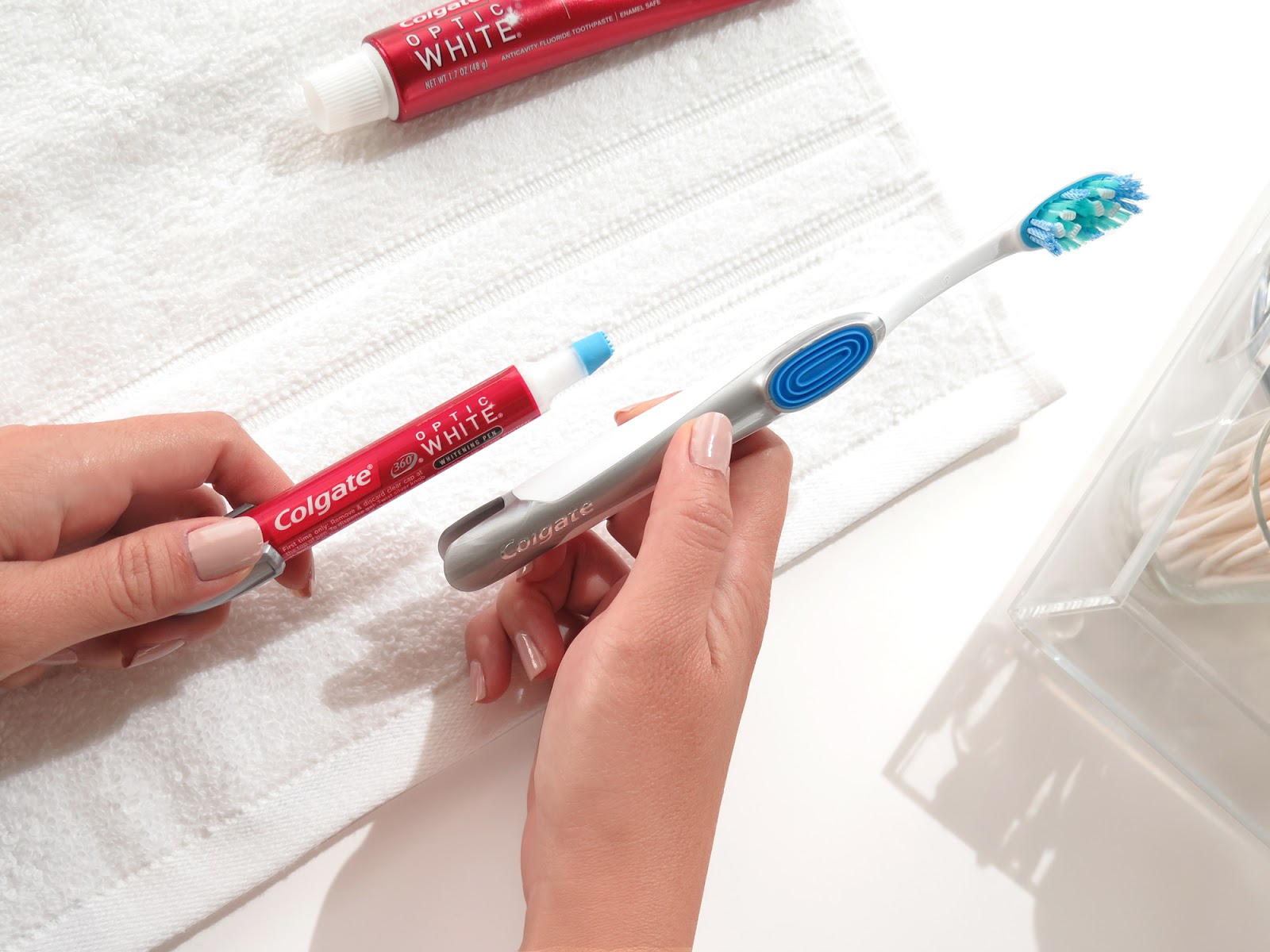
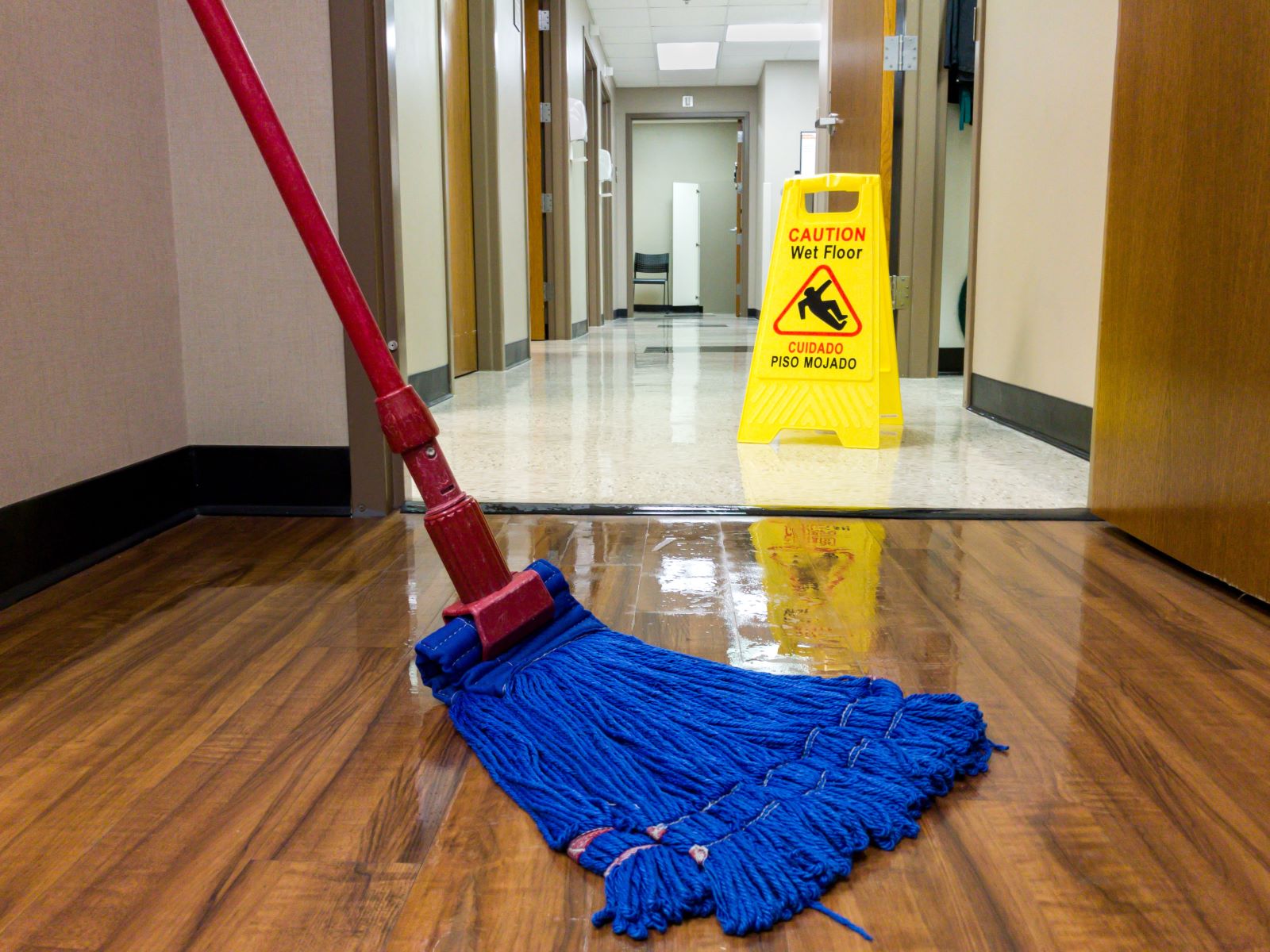
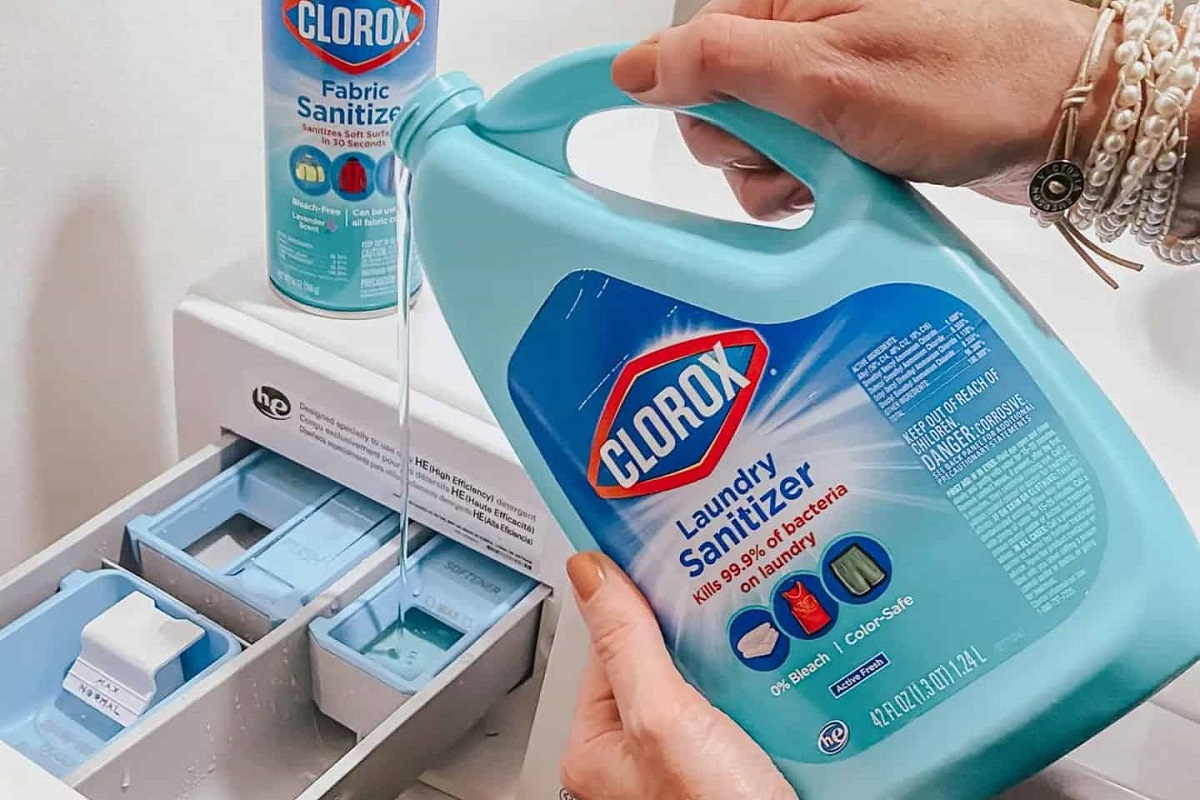
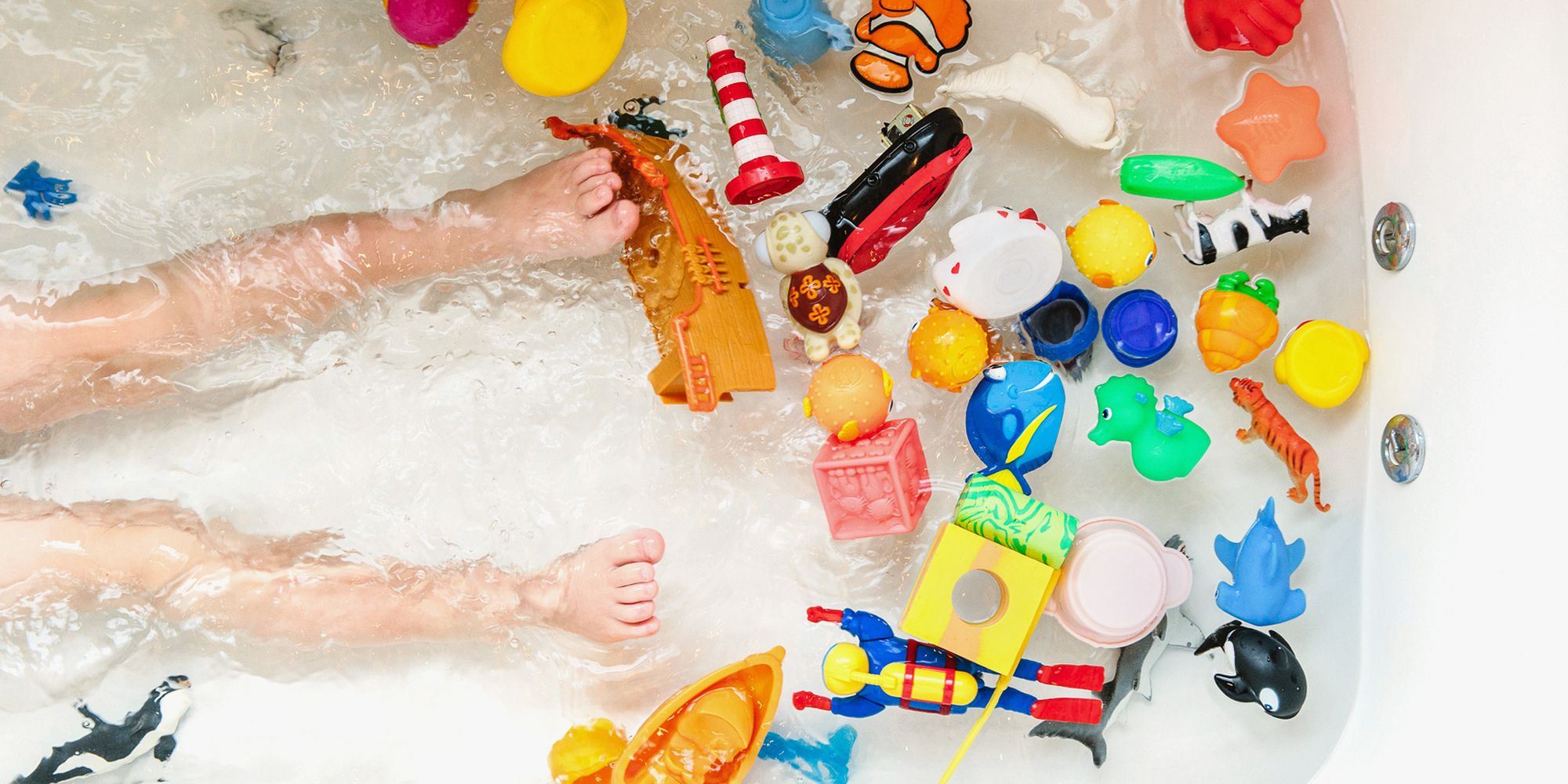
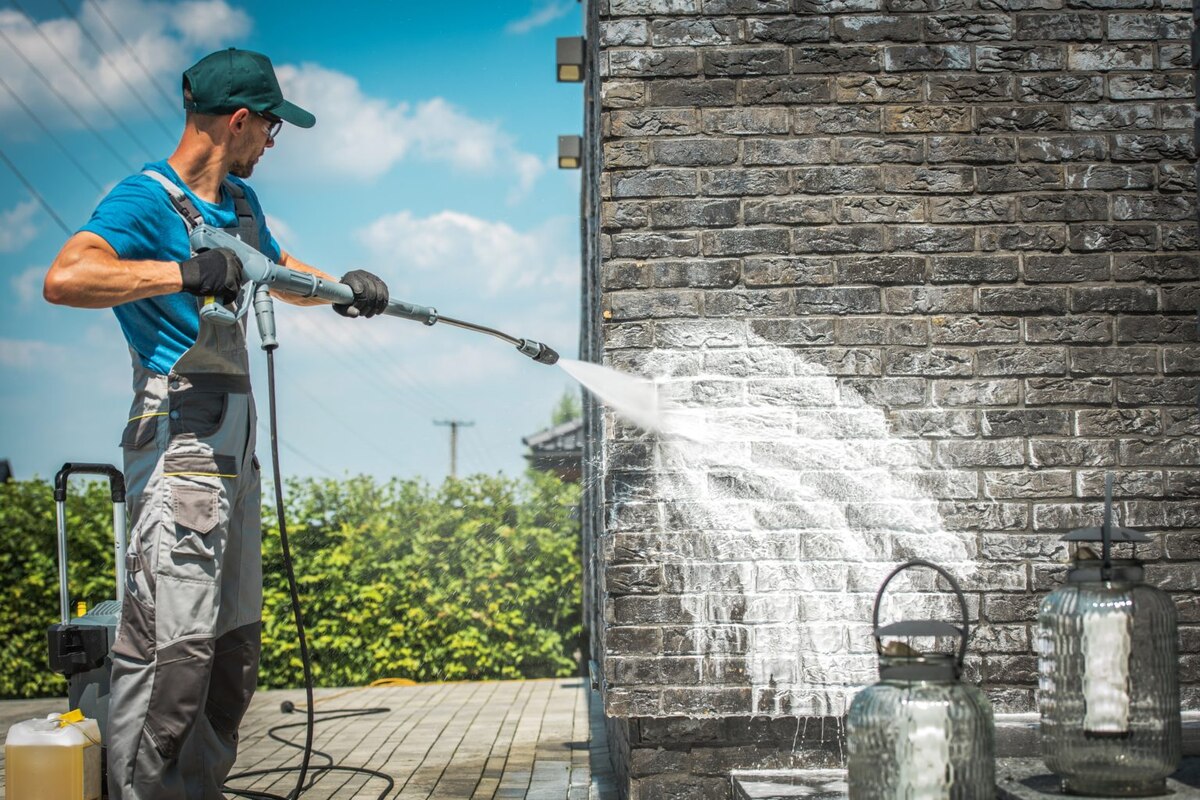
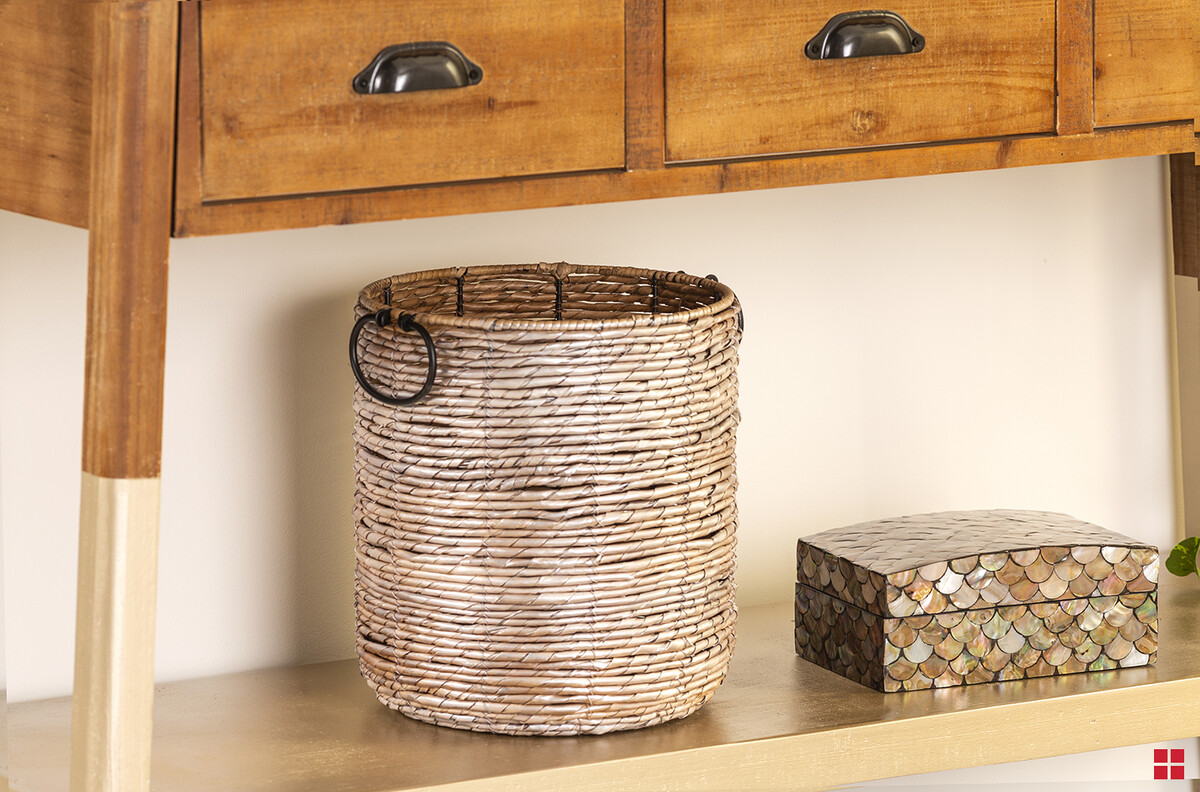

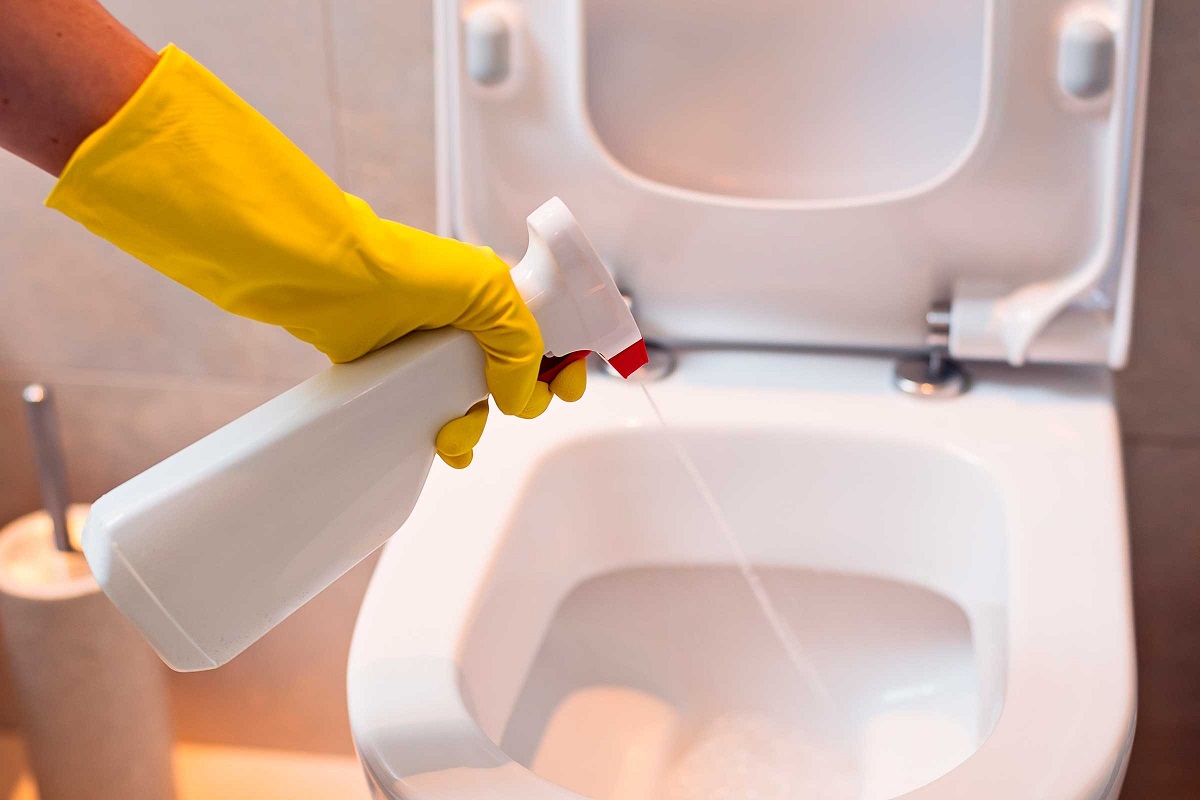
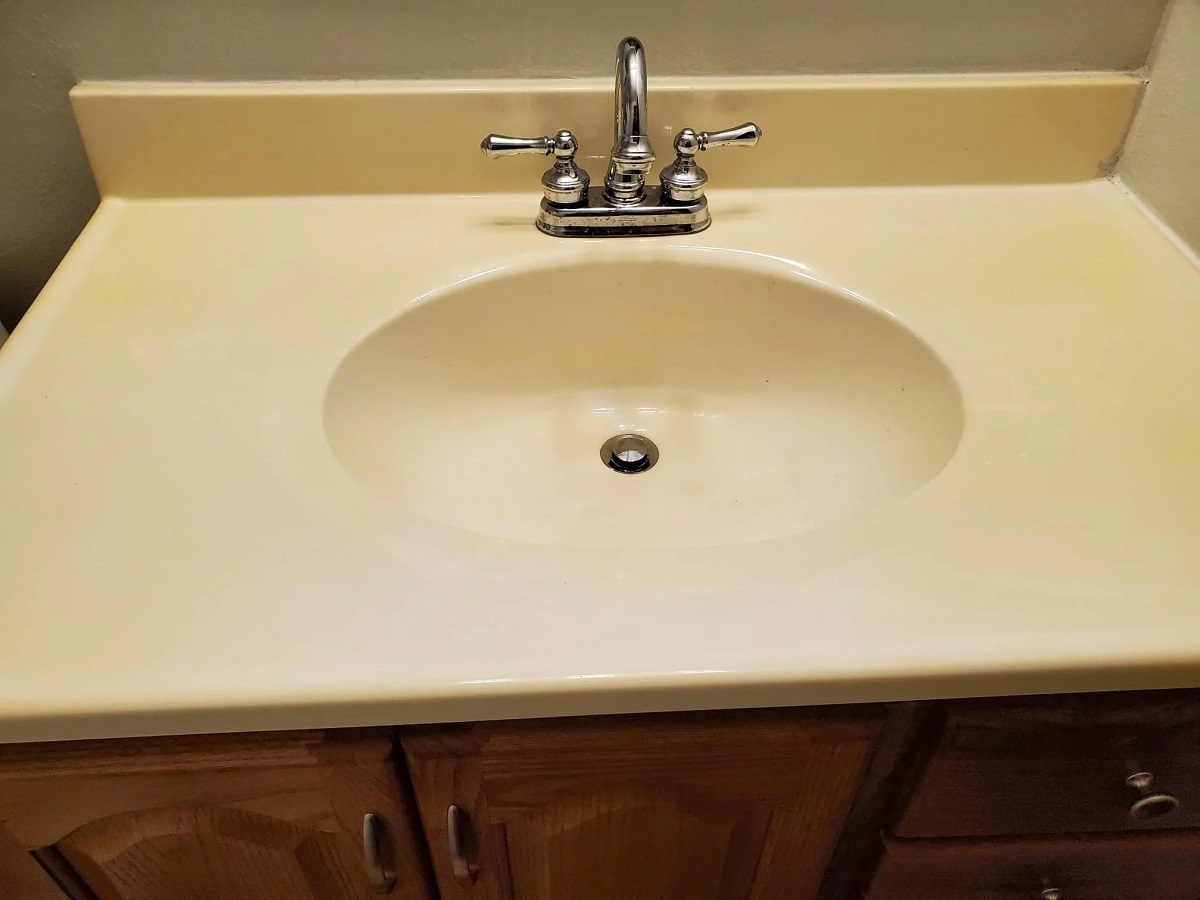
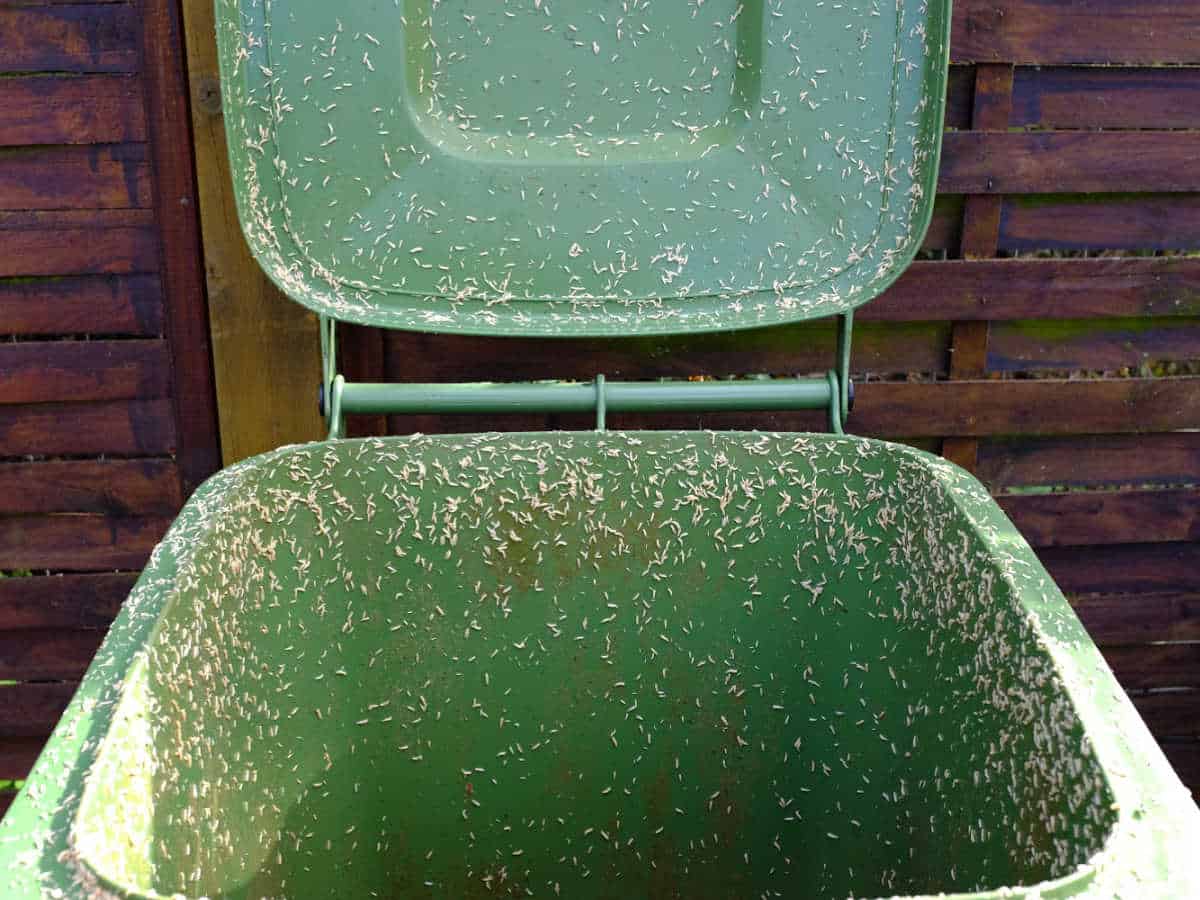
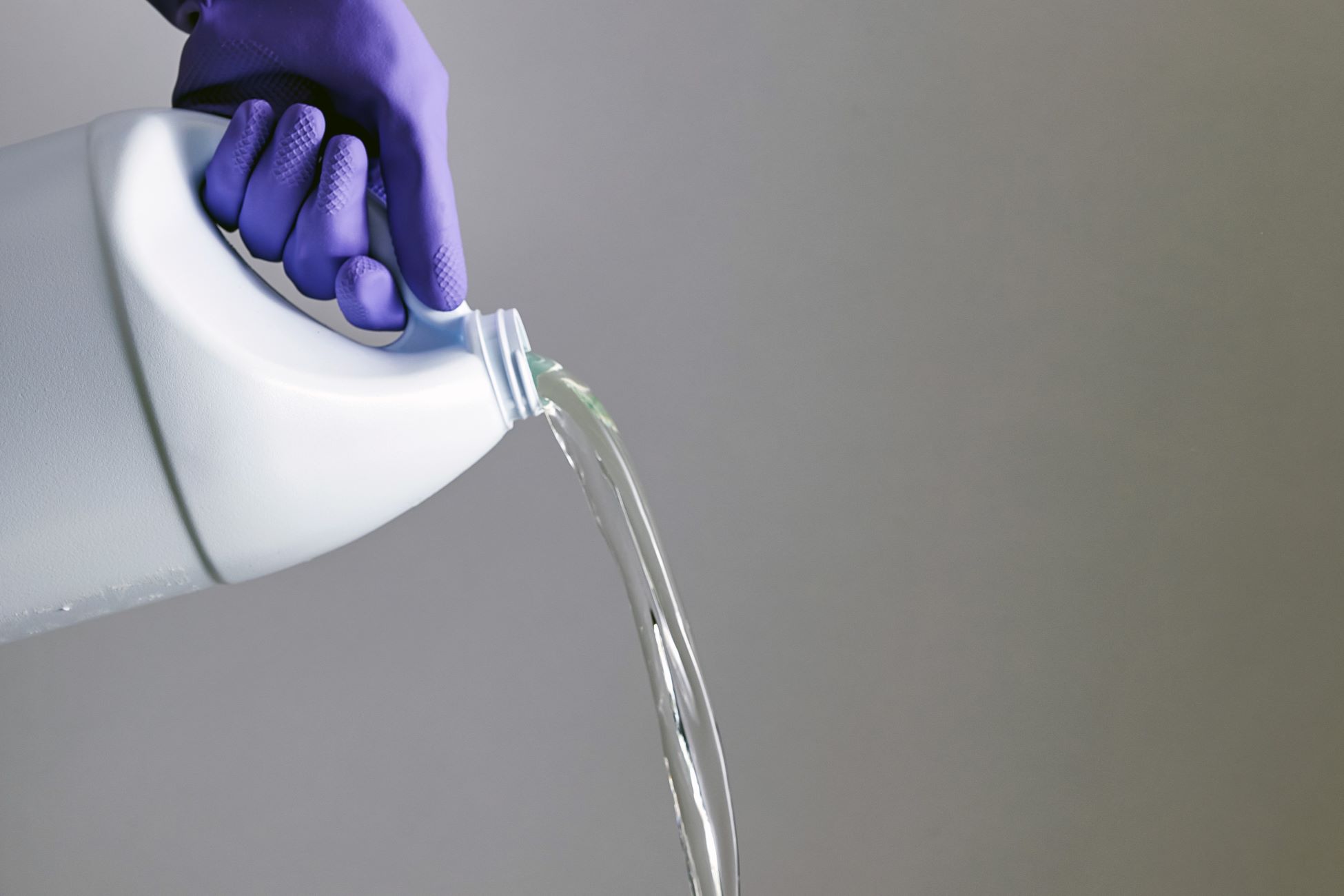
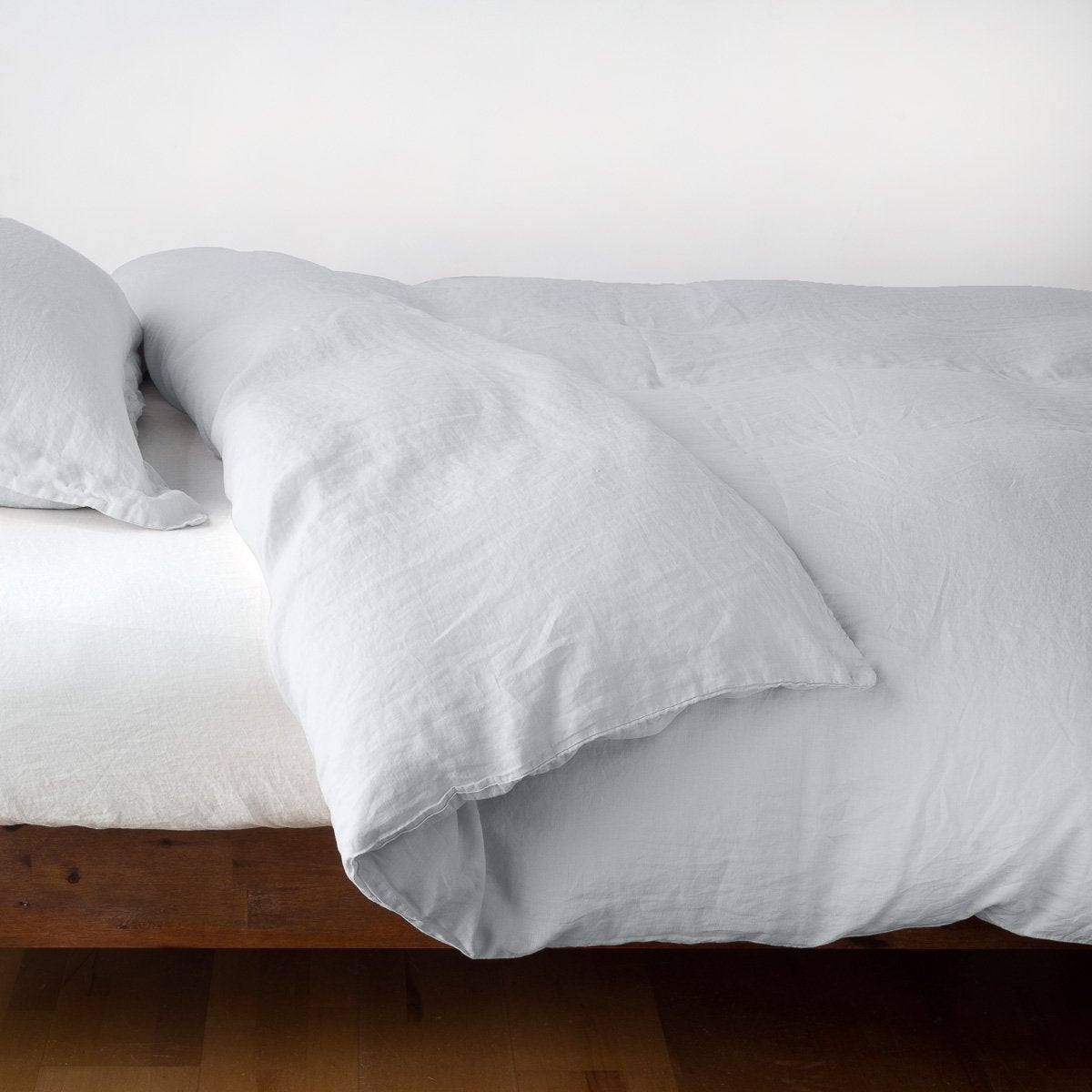

0 thoughts on “How To Whiten A Blanket With Bleach”